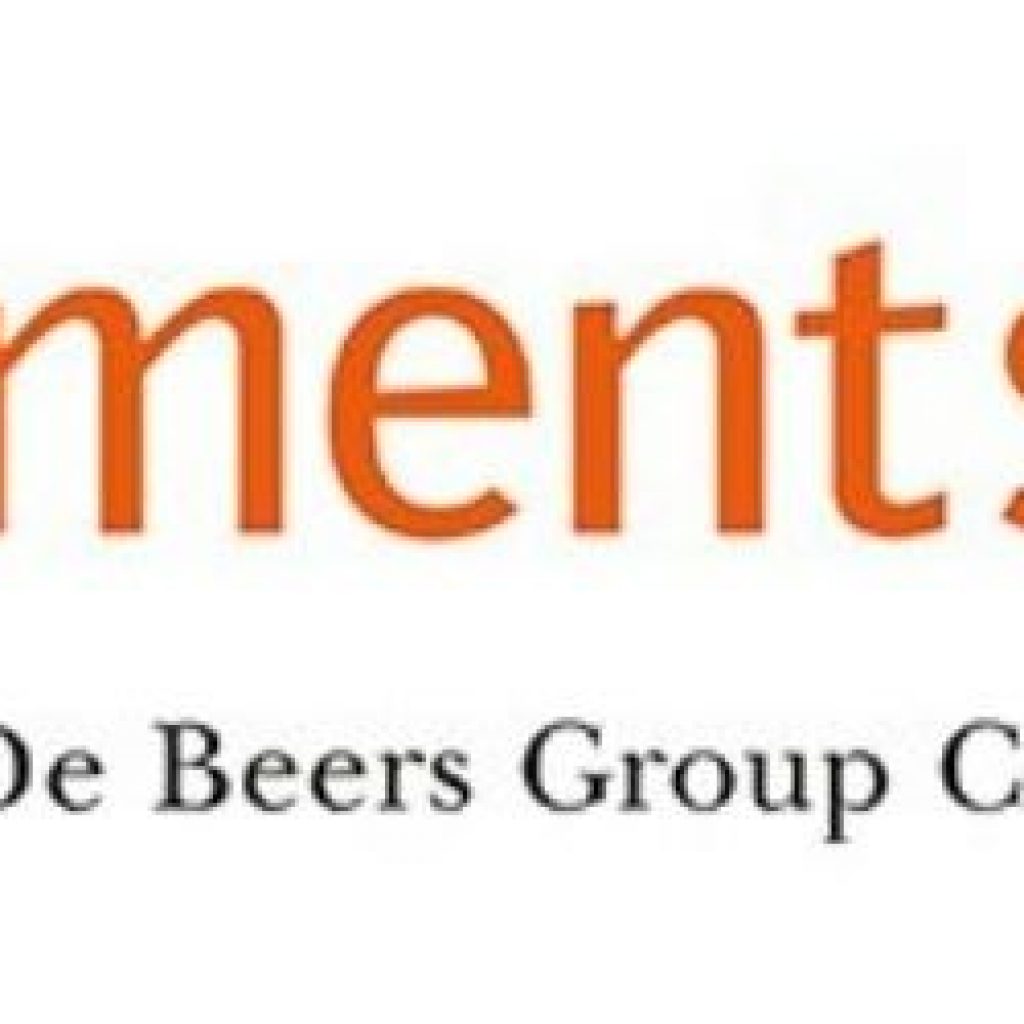(EETimes) Element Six, part of the De Beers Group, has been offering an all-purpose quantum quality CVD diamond since June 2020. E6 highlighted that this particular diamond, referred to as DNV-B1, is a suitable starting material for those interested in nitrogen research -Vacancy (NV) ensembles for quantum demonstrations, maser, detection of RF radiation, Gyroscopes, sensing, and other emerging applications ranging from GPS-denied navigation to medical imaging.
The performance of quantum states offers great potential for highly sensitive sensors to measure a range of variables such as magnetism, temperature and electric fields. This potential is limited because the quantum states (manifested as quantum bits or qubits) need to be isolated and cooled to optimize the measurement, which is a challenge for engineers to control. Diamond is a material that, thanks to its unique properties, could be used to solve some of these challenges.
“Diamond is an extraordinary material with such diverse properties that it is used in a wide variety of applications, including smartphone processing, high-power lasers for automotive applications, and high-end audio systems. Thanks to continuous technological advances, synthetic diamond materials with engineered qubits consisting of nitrogen vacancies (NV) are paving the way for the next quantum magnetic sensor devices, said David Twitchen, Senior Technologist of Element Six.
A wide variety of technological solutions are being investigated for these new applications, such as trapped ions, superconductors, quantum dots, photons and defects in semiconductors. Trapped ions are difficult to integrate, while superconducting circuits only work at cryogenic temperatures. Twitch pointed out that diamond, which is in the solid state, integrates easily, solves some of the quantum challenges, is also biocompatible, and provides high resolution magnetic imaging. In addition, it can be used at room or body temperature, eliminating the need for large-scale cooling equipment.
Quantum Diamond Technologies, Inc (QDTI) is a start-up that emerged from Harvard University to provide point-of-care diagnostics for diseases that require ultra-sensitive detection of early-stage proteins, such as heart disease, cancer and Alzheimer’s. QDTI uses diamond-based quantum systems and uses NV centers as the engine that will drive our novel approach to the detection of biomolecules.
Twitchen emphasized that when diagnosing diseases in patients, it can be crucial to measure the content of biomarkers such as proteins, nucleic acids and cells in a fluid sample such as blood or saliva. “These immunoassays are currently being analyzed by labeling the biomarker of interest with a tag such as a green fluorescent protein, followed by imaging the sample under a microscope to count the labeled biomarkers. This diverse and successful approach is behind a global market valued at over 18 billion US dollars annually.”
Since biological samples have low magnetism, immunoassays can be measured with a magnetic tag instead of a fluorescent tag. “Diamond-containing NV centers (DNV) use this method to provide excellent magnetic images without the need for washing. The single cell resolution was demonstrated by QDTI with wide field DNV magnetic microscopy over a field of view of ~ 1 mm2 with a one minute imaging time to find the magnetically labeled cells. This enables new methods for isolating and counting important biomarkers with high sensitivity in small systems with faster processes, ”said Twitchen.
Diamond Quantum Technology for Medical Imaging
